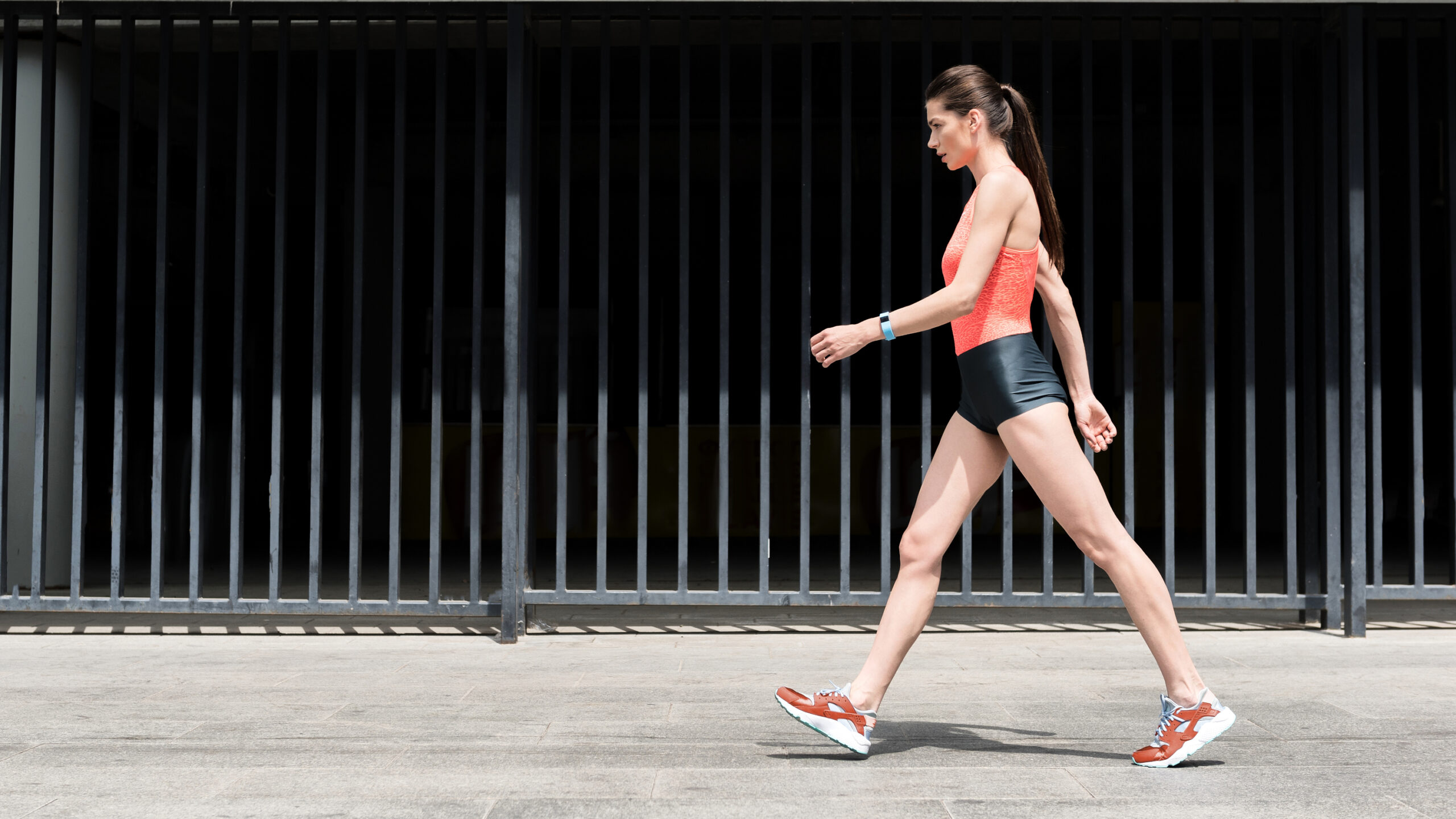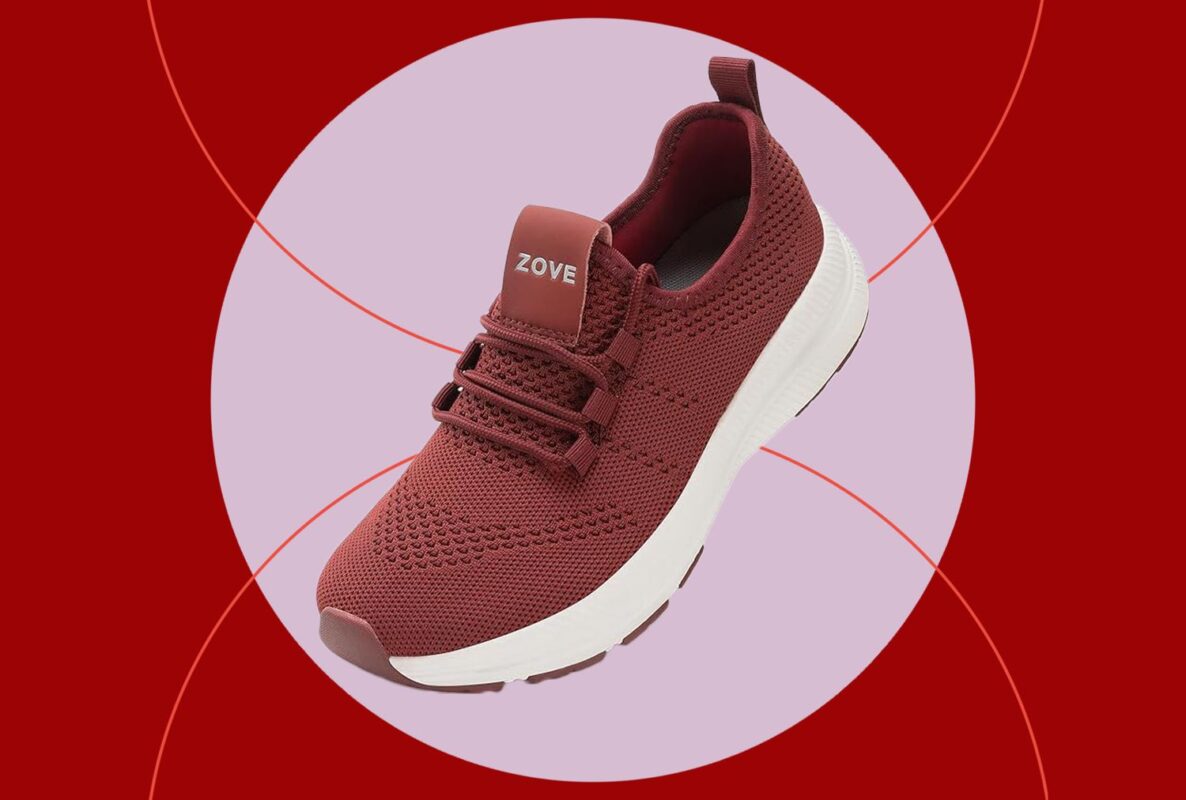Blog
Forget running — I added power walking intervals to my walks and now I’m hooked

While summer weather still lingers, I’m making the most of my mornings. A run or walk before work generally helps me get my zoomies out before I need to sit down at my desk and concentrate. But after swapping the Stairmaster for hill running recently, I’d worn myself out. So I was ready for something lower-impact but still energising.
That’s when I turned to power walking. Interval-style walking has been trending lately and if you haven’t already, check out the 3-2-1 walking workout as it was what inspired me to pump up my walks a notch. I decided to add short bursts of faster-paced walking into my usual morning route.
Why the change? Just 30 minutes of power walking can burn calories, build strength, improve sleep and boost your mood. So, if you happen to be looking for a good lower-impact alternative to running or simply want to shake up your walking routine, here’s how to get started.
What are power walking intervals?
Power walking intervals are a way of breaking up your walk with bursts of faster-paced walking followed by slower, recovery periods. Power walking itself is simply walking at a pace that feels brisk and purposeful. You should be moving faster than your normal stroll, with a momentum in your stride that engages your legs and glutes, and an arm swing that helps drive momentum.
I didn’t fancy following a set structure that required committing to exact times of faster walking followed by slower walking. For me, that would take away from just enjoying the walk. Instead, I simply picked up the pace when I felt like it and held it for as long as I wanted before easing off.
If you prefer a bit more structure, my colleague created her own routine called the 3-4-5 walking method, which you can try for yourself.
I added power walking intervals to my walks and now I’m hooked
A bit like fartlek training in running where there isn’t a set structure and you vary your pace based on how you feel or the terrain, I tried a similar approach with power walking intervals. Here is how I got on with fartlek-style walking.
It gets the heart rate up
I am the type who usually strolls through my walks without a care and barely glances at my Garmin watch to see what my heart rate is saying. But when I added bursts of faster walking, I noticed my heart rate felt faster, and my watch agreed.
Why does this matter? When your heart rate goes up, your body works harder to pump oxygen to your muscles, which means your fitness improves, more calories are burned, and you support a healthier heart.
So if you think walking can’t give you a workout, think again.
Doing it intuitively made it more enjoyable

Doing power walking intervals intuitively made the whole experience way more enjoyable for me. I didn’t have to set any timers on my watch and stick to strict times for fast or slow walking. Instead, I just listened to my body and picked up the pace whenever I felt like it. Some days I felt energetic and powered through longer bursts. Other days I took it easier and kept the intervals shorter.
This flexibility took the pressure off and made the walk feel less like a workout and more like a natural part of my routine. It also meant I stayed more present and connected to my surroundings rather than obsessing over the timer.
If you are thinking about trying power walking intervals, I would recommend trying intuitive intervals first. Play around with paces and find out what feels right, and then you might lean towards adding in some structure to your sessions.
It gets your metabolism going
What surprised me most was how these power walking intervals changed the way I felt about breakfast. I always try my best to avoid skipping it, but would begrudgingly spoon down some oats with a coffee just to say I had eaten. After an energetic walk, though, I come home properly hungry and actually excited to make something filling and nutritious.
Your body uses your metabolism to turn food into energy, and getting your heart rate up early helps to fire it up. When you move more, your body burns more energy and signals that it needs refuelling. Eating a proper breakfast after a walk can keep your energy steady, stop mid-morning crashes, and set you up for the rest of the day.
Research published in the British Journal of Sports Medicine has also linked brisk walking with improved metabolic health and a lower risk of type 2 diabetes, adding another reason to start your morning on the move.
Follow Tom’s Guide on Google News to get our up-to-date news, how-tos, and reviews in your feeds. Make sure to click the Follow button.












